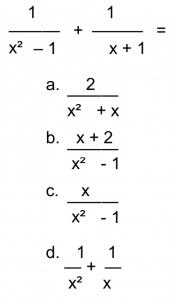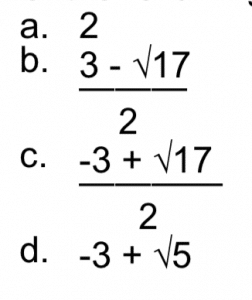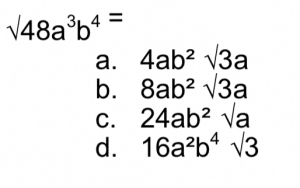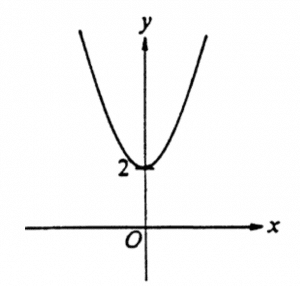Curriculum
- 22 Sections
- 66 Lessons
- Lifetime
- Section 13
- Section 2Module 1: Chapter 1 & 24
- Section 3Module 2: Chapter 3 & 44
- Section 4Module 3: Chapter 5 & 64
- Section 5Module 4: Chapter 7 & 84
- Section 6Quarter Exam 1 (CH 1-8)1
- Section 7Module 5: Chapter 9 & 104
- Section 8module 6: Chapter 11& 124
- Section 9Module 7: Chpater 13 & 144
- Section 10Module 8: Chapter 15 & 164
- Quarter Exam 1 (CH 1-8)1
- Section 11Module 9: Chapter 17 & 184
- Section 12Module 10: Chapter 19 & 204
- Section 13Module 11: Chapter 21 Intro and Tasks2
- Section 14Module 12: Chapter 22 & 234
- Section 15Quarter Exam 3 (CH 17-23)1
- Section 16Module 13: Chapter 242
- Section 17Module 14: Chapter 25 & 264
- Section 18Module 15: Chapter 272
- Section 19Module 16: Chapter 28 & 294
- Section 20Quarter Exam 4 (CH 24 - 29)1
- Section 21Final Exam1
Fundamentals of College Algebra Course Structure
I. Fundamental Algebraic Operations – 20%
- Operations with algebraic expressions
- Operations with polynomials (including factoring and expanding polynomials)
- Rational expressions
- Operations with positive, negative and fractional exponents
II. Complex Numbers – 4%
- Conjugate
- Basic Operations
III. Equations and Inequalities – 44%
- Linear equations and inequalities
- Quadratic equations and inequalities (including quadratic forms and solving quadratic inequalities)
- Absolute value equations and inequalities
- Systems of linear equations and inequalities
- Exponential and logarithmic equations
- Equations involving radicals
IV. Properties of Functions and their Graphs – 32%
- Coordinate systems
- Domain and range
- Operations of functions
- Inverse functions
- Linear functions
- Quadratic functions
- Polynomial functions
- Rational functions
- Exponential and logarithmic functions
Sample Questions
All test questions are in a multiple-choice format, with one correct answer and three incorrect options. The following are samples of the types of questions that may appear on the exam.
1. If x² ≠ 1, then

2. Which of the following is a solution of the equation x² + 3x – 2 = 0?

3. An experimental formula for the number of hours of sleep a child needs is S = 13.5 – (y/3), where S is the number of hours of sleep needed and y is the age of the child in years. According to this formula, with each passing year, a child needs:
- 1/3 hour less sleep
- 1/3 hour more sleep
- 1 hour less sleep
- 1 hour more sleep
4.
. 
5. Which of the following could be the equation of the graph below?
- y = 2 x2
- y = – x2 + 2
- y = x2 + 2
- x=y2 +2

Answers to sample questions:
1-C; 2-C; 3-A; 4-A; 5-C

